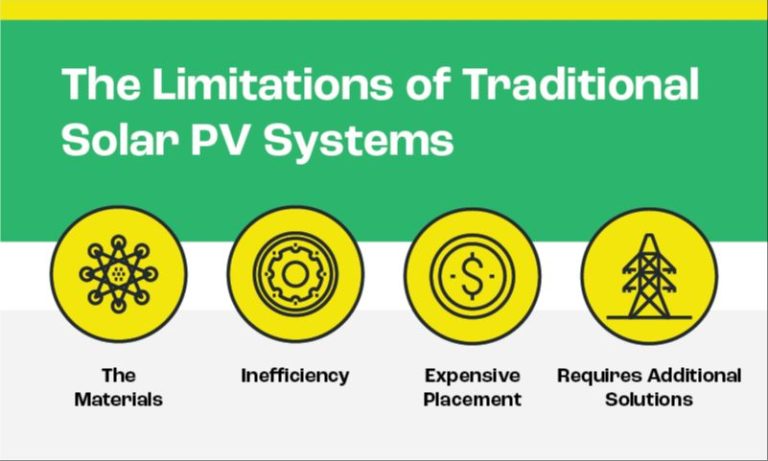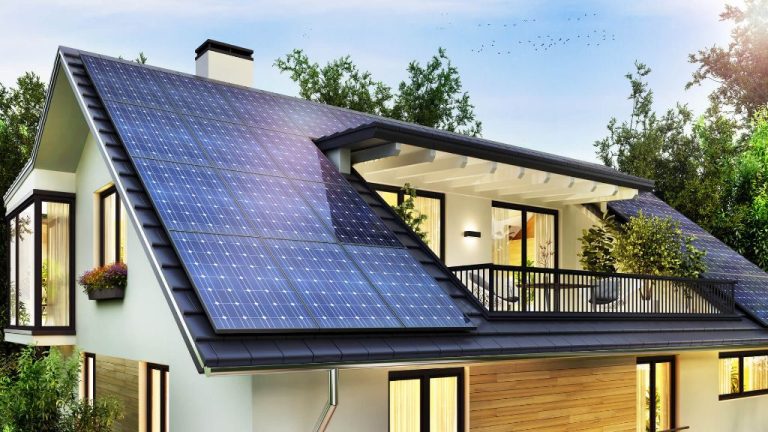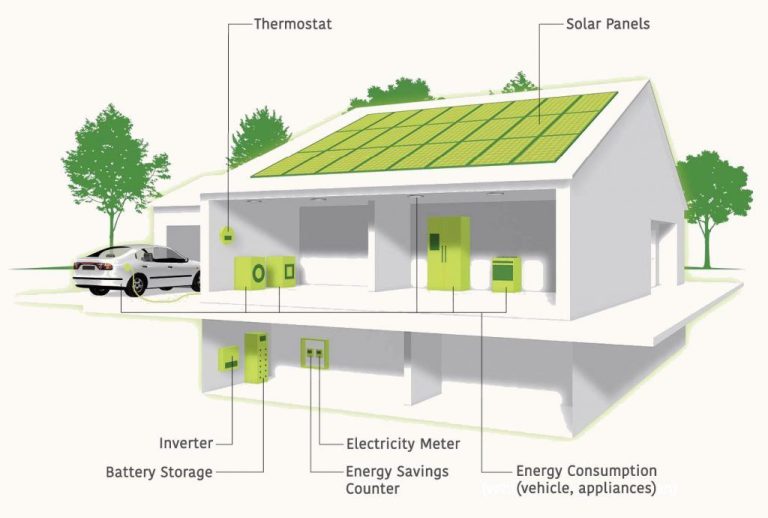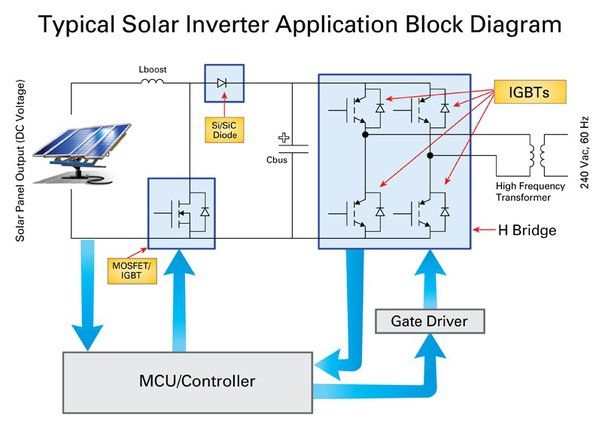What Are The Threats Of Solar?
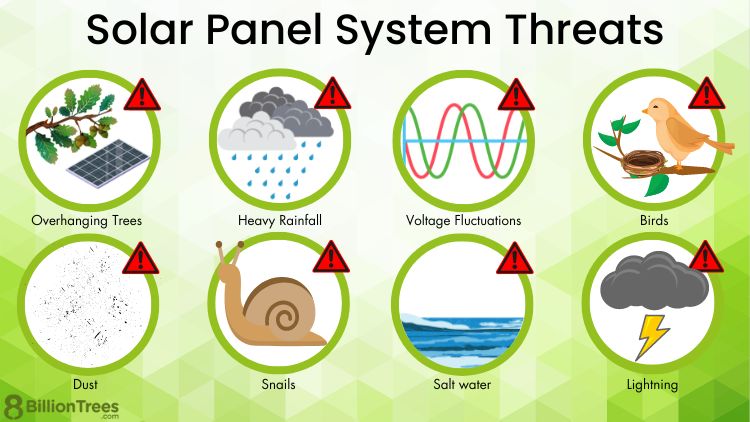
Solar power has seen exponential growth over the past two decades. According to the Solar Energy Industries Association (SEIA), the solar industry has grown at an average annual rate of 24% since 2000. [1] In 2021, solar accounted for 3.4% of electricity generation in the U.S., up from 2.8% in 2020. [2] With favorable government policies, declining costs, and increased efficiency, solar is expected to continue its rapid growth over the next decade.
High Upfront Costs
Installing a solar photovoltaic system requires a significant upfront investment. According to Forbes, the average cost to install solar panels nationwide is around $16,000. However, this cost can vary depending on the size, weight and number of panels installed. For a typical 6 kW system for a single family home, costs usually range from $14,000-$35,000 before incentives.
The high initial cost is one of the biggest barriers to adopting solar energy. While solar panels can save money in the long run through lower energy bills, not everyone can afford the steep upfront price tag. Various incentives like the federal solar tax credit can offset some of these costs. But the initial investment required still remains the main downside for many homeowners and businesses considering going solar.
Intermittency
One of the biggest challenges with solar power is its intermittent nature, meaning it only generates electricity when the sun is shining (Renewable Energy Intermittency Explained: Challenges, Solutions and Opportunities – Scientific American). Solar panels do not produce energy at night or when clouds block the sun. This can cause issues for electricity grid operators who must match power supply with demand at all times. Intermittency makes it difficult to rely solely on solar energy without some form of energy storage or backup generation.
Periods of low solar generation, such as nights and cloudy days, can last for hours or even weeks during certain weather events. This requires grid operators to have standby power plants, like natural gas or hydroelectric, that can quickly ramp up generation when solar production drops off (The Intermittency Challenge with Solar and Wind Is Not Going Away, Sapphire News). Sudden fluctuations in solar output as clouds pass can also strain the grid and require backup reserves.
Solutions like batteries and grid interconnections can help compensate for intermittency, but analysts warn that integrating very high levels of solar may require breakthroughs in affordable storage. Intermittency remains an obstacle to solar becoming a dominant energy source absent major advances in energy storage technology.
Toxic Materials in Solar Panels
One of the threats of solar panels is the toxic materials contained within them. Solar panels are primarily made of silicon, but also contain small amounts of heavy metals like lead, cadmium, and arsenic. These metals help the panels convert sunlight into electricity more efficiently, but are hazardous to human and environmental health.
Cadmium telluride panels in particular contain a compound called cadmium telluride, which is classified as a human carcinogen when airborne or ingested. If the panels break during manufacturing, installation or disposal, it could release these toxins [1]. Some old solar panels contained enough cadmium telluride to be classified as hazardous waste at end of life [2].
While more modern panels use less toxic compounds and encapsulate them to prevent leaching, there is still a risk of toxicity if they are improperly disposed of or damaged. Proper end-of-life recycling is essential to contain these materials and prevent environmental contamination.
Land Use
Utility-scale solar power plants require large amounts of land, between 5 and 10 acres per megawatt of generating capacity. For reference, a typical coal or natural gas power plant with the same capacity would require less than 1 acre per megawatt. According to Transect, “It takes roughly 6 to 8 acres to house the solar equipment and panel rows for a 1 MW site. Many sources define utility-scale as producing over 20MW; therefore, over 100 acres are required for a 20MW solar farm” (Transect). This is because solar panels are not very dense – a great deal of space is needed between panels to avoid shading and allow access for cleaning and maintenance.
While solar power generation is renewable and sustainable, the large land footprint required is seen as an environmental tradeoff. Critics argue this could encourage development on sensitive habitat or farmland. However, research by Argonne National Laboratory found utility-scale solar facilities in the U.S. have been overwhelmingly sited on marginal lands unsuited for other uses.
Glare
One of the main concerns with solar panels is the potential for glare caused by the panels’ reflective surfaces. Glare occurs when sunlight reflects off the solar panels in such a way that it creates a temporary blinding or uncomfortable visual distraction to observers nearby (Source). This primarily happens when the sun’s rays hit the panel surface at a low angle, such as at sunrise or sunset.
Research has shown that while glare from solar panels can be an issue, it is often overstated. Proper solar panel placement, orientation and technologies that reduce reflectivity can help mitigate glare. Most complaints about glare turn out to be unfounded upon further analysis (Source). Still, glare remains a consideration for solar farm and rooftop panel placement to avoid negatively impacting neighbors.
Grid stability
The addition of solar power to the electrical grid can cause instability in some cases. As solar generation fluctuates throughout the day with weather conditions, it can lead to frequency and voltage fluctuations on the grid (The Impacts of Grid Congestion on Solar Development, 2022). This variable power input from solar, combined with output changes from conventional sources, can make it difficult for grid operators to match supply and demand. Large amounts of solar power could result in over-generation during peak sunlight hours and under-generation in the evening when demand is still high (The Impact of Solar Energy on Grid Stability and Reliability, 2023).
Sudden drops in solar output when clouds pass over can also threaten reliability. However, solutions like energy storage and advanced inverters are emerging to help smooth out these fluctuations. Careful grid planning and upgrades can also mitigate solar’s destabilizing effects (The Effect of Solar Energy Storage on Electric Grid Stability, 2023). Overall, solar’s impacts on grid stability can be managed with proper strategies and technologies.
Job Losses
One concern about the growth of solar power is the potential decline of jobs in the fossil fuel industry, especially coal mining. As solar and other renewable energy sources become more cost-competitive and widely adopted, demand for coal has dropped substantially. According to the Forbes article, the coal industry lost over 22,000 jobs between 2015-2019. This has had a significant economic impact on coal-producing regions and communities.
However, the growth of renewable energy jobs has helped offset these losses. Solar jobs have been growing rapidly, with over 250,000 workers in the solar industry as of 2021 according to the Solar Jobs Census. The clean energy sector as a whole added over 300,000 jobs from 2015-2019, compensating for fossil fuel job declines. With continuing growth projected in renewable energy, these new clean energy jobs can provide employment opportunities for displaced fossil fuel workers with some cross-training.
Wildlife Impact
Solar farms can have negative effects on wildlife habitats and biodiversity. Large-scale solar facilities require clearing significant areas of land, resulting in habitat loss and fragmentation that can displace or kill wildlife populations (Solar Energy Development Environmental Considerations). Solar farms also introduce barriers that can disrupt wildlife movement and migration patterns.
According to the Union of Concerned Scientists, utility-scale solar facilities in the southwest United States have impacted habitat for threatened desert tortoises, kit foxes, and ground squirrels (Environmental Impacts of Solar Power). Solar farms with extensive fencing and infrastructure also impede the movement of large mammals like pronghorn antelope. In some cases, concentrated solar power plants have singed birds flying through focused sunlight beams.
Careful siting and mitigation strategies like preserving corridors for wildlife can reduce habitat loss and fragmentation. However, large solar installations still pose unavoidable threats to certain ecosystems and animal populations.

